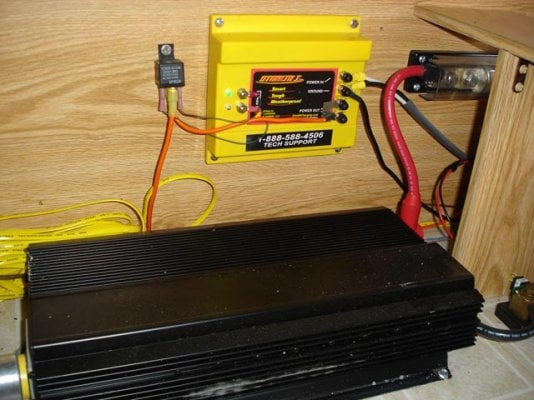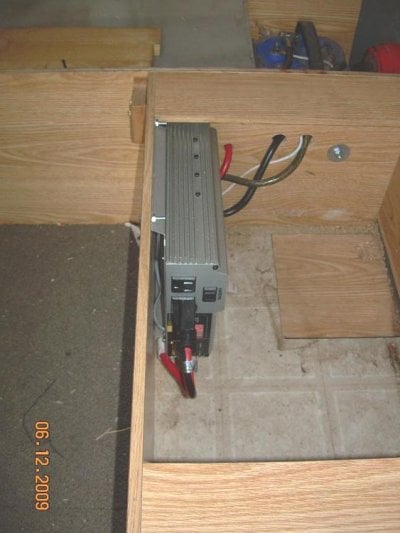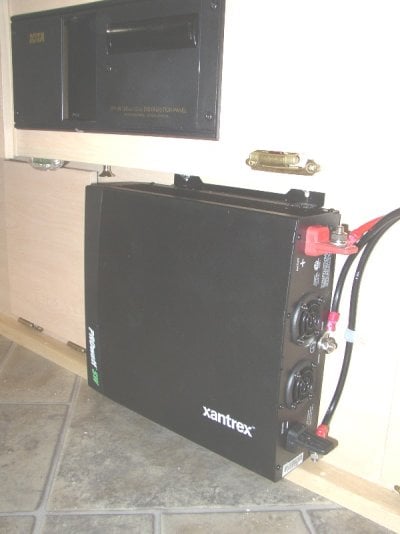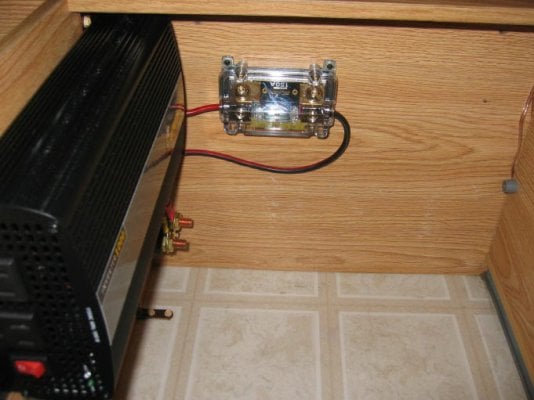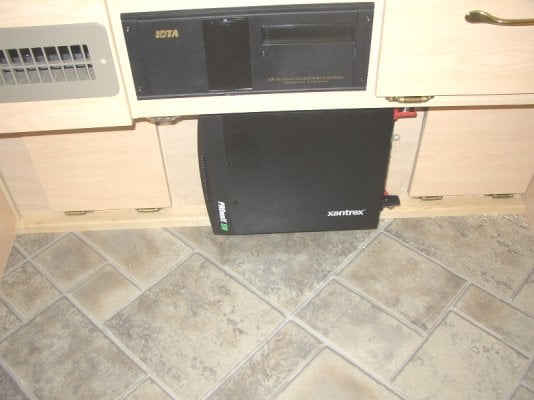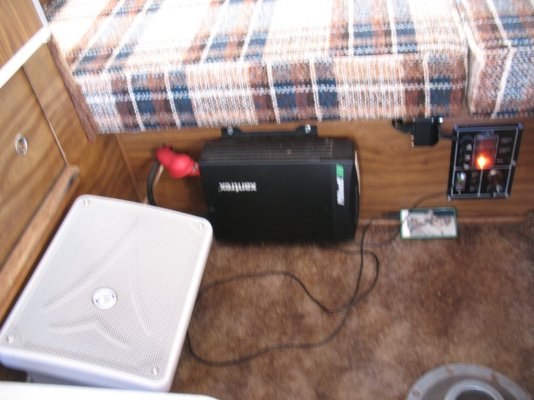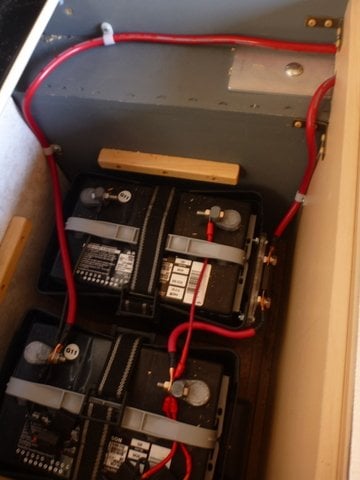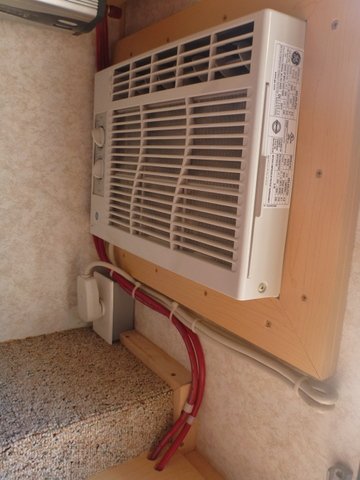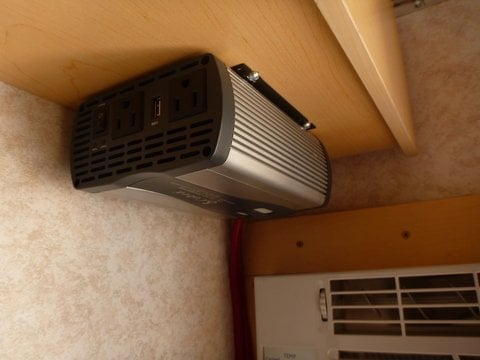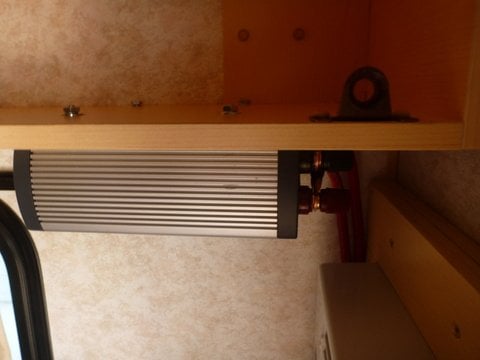Hi,
Has anybody tried to wire an inverter so that the AC current is on the existing camper AC sockets?
It seems possible with a device like this:

 www.xantrex.com
www.xantrex.com
The FWC is 30 amps DC but only 7.3 amps AC as far as I understand:
they use the DLS-30: Page Not Found
So it should be possible to use this one isn't it?
Is it doable? Do you know how to wire it? Would it work only with their inverter, or any inverter?
Thanks,
Herve
Has anybody tried to wire an inverter so that the AC current is on the existing camper AC sockets?
It seems possible with a device like this:

PROwatt SW Inline Transfer Relay
The FWC is 30 amps DC but only 7.3 amps AC as far as I understand:
they use the DLS-30: Page Not Found
So it should be possible to use this one isn't it?
Is it doable? Do you know how to wire it? Would it work only with their inverter, or any inverter?
Thanks,
Herve






